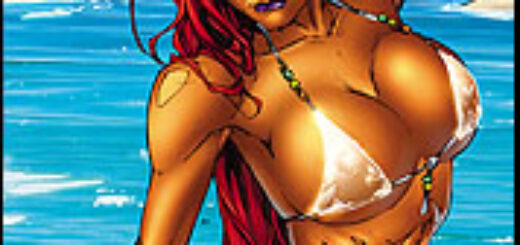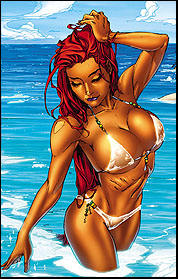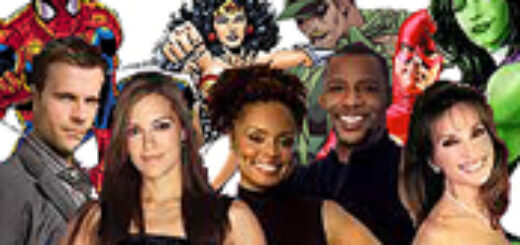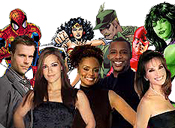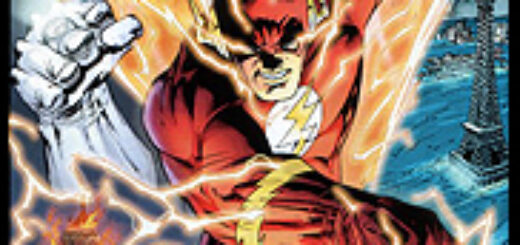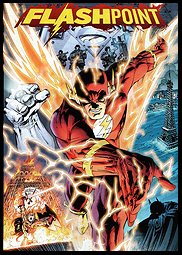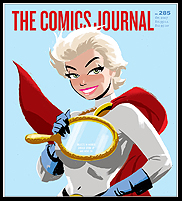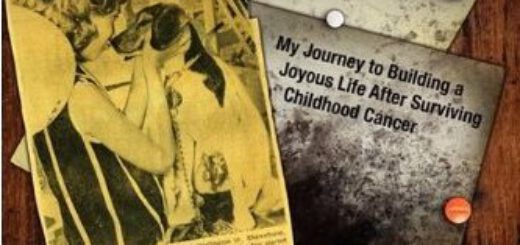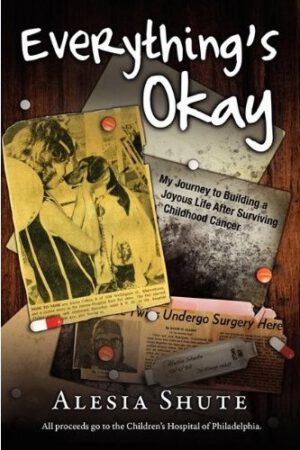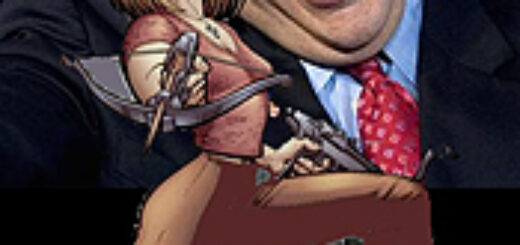MARTHA THOMASES: Comics and The Big Con
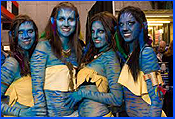 The Internet tells me that this weekend’s New York Comic-Con anticipates attendance of about 100,000. I’m not sure if that means 100,000 individuals over the three days (plus Thursday night) or 33,000 going each day, or something in-between.
The Internet tells me that this weekend’s New York Comic-Con anticipates attendance of about 100,000. I’m not sure if that means 100,000 individuals over the three days (plus Thursday night) or 33,000 going each day, or something in-between.
In any case, it’s a lot of people.
San Diego Comic-Con gets around 125,000 people. That’s more. And it has more of an impact on the city, where 125,000 people dressed funny are noticeable. In New York, that’s pretty much one block of the Village Halloween parade, or Times Square on a Saturday.
NYCC is a relatively new show that grew very fast. I remember when we thought San Diego was a big show with 60,000 attendees. Of course, that was back in the 1990s, when San Diego was still mostly about comics.
The New York show is still mostly about comics. Yeah, there’s a bunch of TV and movie hype, but most of the programming and the celebrity guests are from comics. Since DC and Marvel are headquartered here (for the time being, at least), that’s easy and cost-efficient.
The San Diego convention center is much nicer than the Javits Center, and much closer to the amenities one expects of a major metropolitan area. It’s set up much better for mass transit, too, which is surprising, given the Big Apple’s reliance on MetroCards. On the other hand, New York in general is set up better for tourists, with better restaurants and better hotels (with more rooms available). Be warned, though – you get what you pay for, and in New York, you really have to pay. And if you want to look like a New Yorker, you’ll walk.
When the show is in New York, I get to sleep in my own bed, with my own husband. And when the show is in New York, I have to clean up my own mess and deal with my own life.
The timing of the show is wonky. True, autumn in New York is beautiful and the Broadway season is in full swing. On the other hand, it’s the same weekend as the New York State Sheep & Wool Festival in Rhinebeck, and I hate to have to choose which geeky aspect of my personality to indulge.
This year is going to be a little bit different for me. I actually have a project to hype. Mary Wilshire and I are working on a graphic novel. I’ve been in the business long enough to know that one doesn’t actually pitch something at a show, because the editors working the booths are too frazzled by fans to focus on freelancers. Nor should they. The show is for the customers. Still, I hope to at least chat up an invitation to send in our pitch. Which means I’ll have to be nice to everyone, just like I was working a booth again.
Martha Thomases doesn’t know what she wants to buy more – original art or hand-spun yarn.
SATURDAY: Marc Alan Fishman



